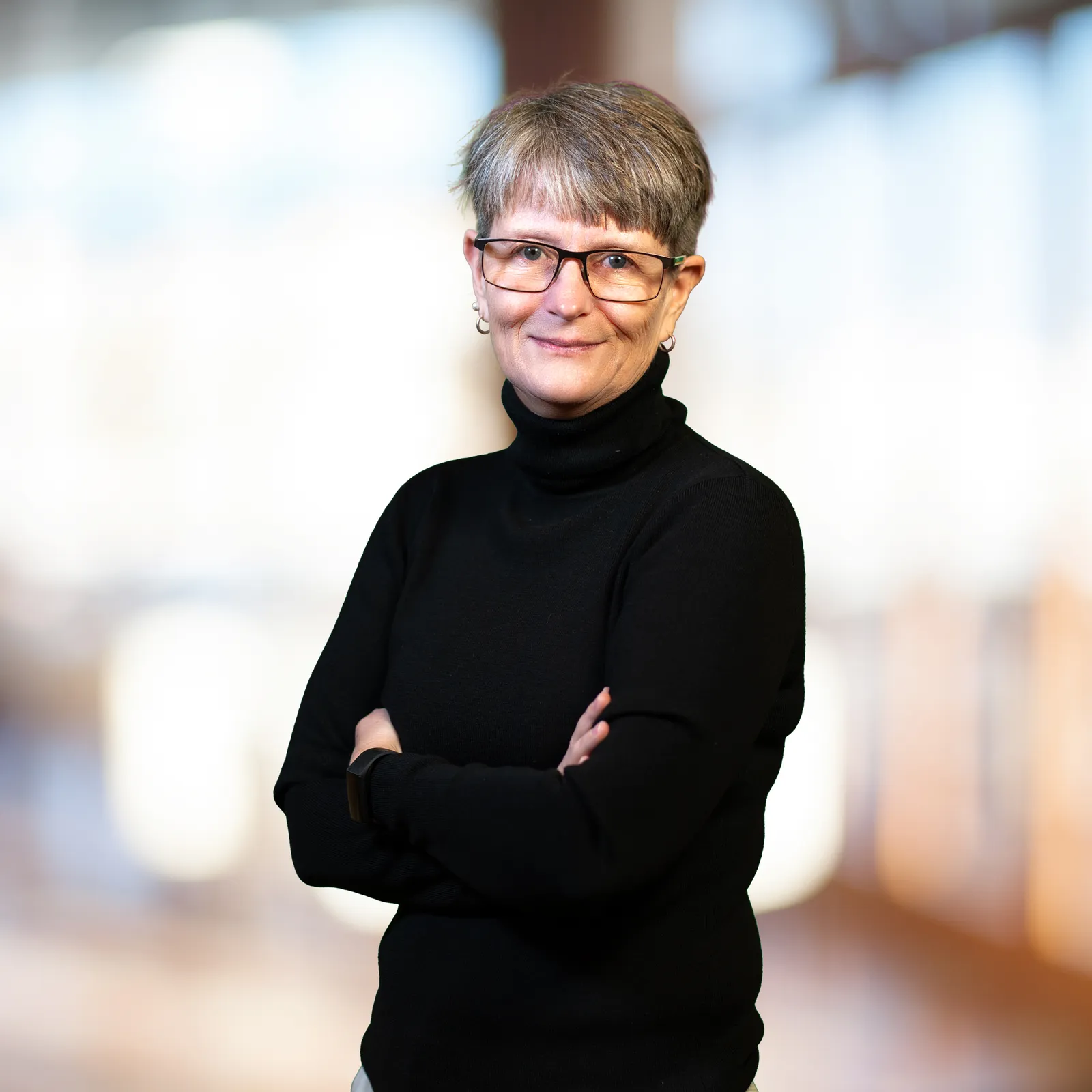In 2020, the COVID-19 pandemic hit the clinical trial industry like a jolt to a weak knee, exacerbating staffing shortages, including jobs often filled by nurses, who’ve been in increasingly short supply. And while the nursing shortage will likely plague the industry for the foreseeable future, the hiring landscape, particularly for clinical research associate (CRA) positions, has markedly improved since last year, according to Helen Yeardley, senior vice president of global clinical operations at ICON.
Even so, trouble spots persist, including lingering shortages on the West Coast. Organizations are also seeing a significant shortage of nursing staff and research coordinators in hospitals, she said, which is causing backlogs and hobbling trial enrollment.
As these ongoing challenges simmer, patient safety and data quality remain at risk.
A troubling trend
As early as 2017, concern rose about an impending wave of retirements as more than half of all nurses in the healthcare industry were 50 or older,and nearly one third were 60 or older, according to the American Hospital Association. The pressures of the pandemic triggered a wave of early nursing retirements. Over 100,000 have left the field recently, leaving many organizations short-staffed. Hospitals have felt much of the pinch, but the shortage has also affected clinical trials.
Last year, a lack of experienced CRAs left many trials scrambling to fill needed openings. The shortage was global, but the U.S. was a hotspot, Yeardley said. The landscape has improved this year — demand no longer outstrips supply, and competition, which was driving up costs, has eased.
“[Over the past few years] retention was a challenge right across the industry, which also lead to quality challenges,” Yeardley said. “There were a lot of challenges we tried to address with a variety of factors.”
Those times have passed for now, Yeardley said.

“It’s been a 180-degree turn. The market is very different now than it was a year ago,” she said.
One reason the market has stabilized is a reduction in the number of fast-paced vaccine trials, which enroll large numbers of people and ratchet up the need for more CRAs with specialized training.
The market has shifted back to a more typical pre-COVID trial mix, including rare disease, oncology, and cell and gene therapy trials, Yeardley said.
“Vaccines have now taken a back seat back to their normal portfolio development,” she said.
CRAs with specialized training are still in demand, particularly for oncology and gene therapy studies. However, these studies typically enroll fewer patients and require less frequent site visits.
“The demand is less, so you do need more experienced people, but you don't need as many of them,” Yeardley said.
In another favorable trend, high turnover rates have also slowed. Last year, retention rates hovered around 73%, but now are about 80%, Yeardley said. CRAs seem less interested in contract positions and are seeking permanent roles. They’re also doing less job hopping or following the highest bidder, and the number of professionals entering the workforce is also stable.
“Twelve months later, it's kind of going back to pre-COVID,” she said. “We have a much more balanced equilibrium. It’s much easier to find CRAs in the market.”
Initiatives aimed at retention
Some of these improvements follow adjustments made by employers to improve CRA job satisfaction. Many companies now offer CRAs more flexibility, such as the ability to work from home or in a central monitoring location, as well as more training opportunities. No longer is a CRA position solely the standard “road warrior” model that requires people to travel from site to site throughout the week, Yeardley said.
“[Companies] need to make sure they provide what candidates are looking for to retain them.”

Helen Yeardley
SVP, global clinical operations, ICON
CRAs are weighing the overall package when considering jobs.
“It’s not just the salary that’s driving people at this point,” she said.
Environmental and social issues are important to job-seekers, but tuition reimbursement, in particular, is a big draw.
“People seem to want to educate themselves because what they’re looking for is career growth,” Yeardley said. While hiring CRAs has gotten easier, other positions are still going unfilled. A shortage of research nurses is making it difficult for sites to enroll and run trials.
Trouble has been brewing for years, with some sites reporting COVID-era research nurse turnover rates over 40%. Industry jobs with higher pay and other benefits sometimes lure nurses from research sites, leading to shortfalls that can limit trial patient access, or choke off data flow, slowing the research pace.
“The site might have a patient, but they don’t have the staff to enroll the patient. Or they enroll the patient and they don't have the staff to put the data into the EHR systems, so it generates a backlog,” Yeardley said. “What it's resulting in is either sites that are not enrolling, which is not good for anybody, or sites that don't have the staff, the ability or the time to address any quality issues, data backlog issues, query issues, any outstanding action items.” Yeardley said.
Complacency not advised
Even in areas where the hiring landscape has improved, companies shouldn’t assume the problem is solved. Retention strategies matter, as does a focus on attracting new candidates and providing training, Yeardley said.
With the growing need for CRAs with specialized skills for increasingly complex trials, particularly in oncology and cell and gene therapy, research organizations should anticipate how the CRA role will change and evolve with it.
Many organizations have begun initiatives that could make a difference, such as grow-your-own strategies to train and mentor existing staff, or those aimed at attracting new prospects to clinical trials. Some organizations are also rethinking and reworking hiring and training requirements to expand the pool of candidates or to ferry them into the workforce more rapidly.
While retention rates are more stable, research companies should remain vigilant.
“Companies shouldn’t assume that it’s the status quo. They need to make sure they provide what candidates are looking for to retain them,” Yeardley said.




















